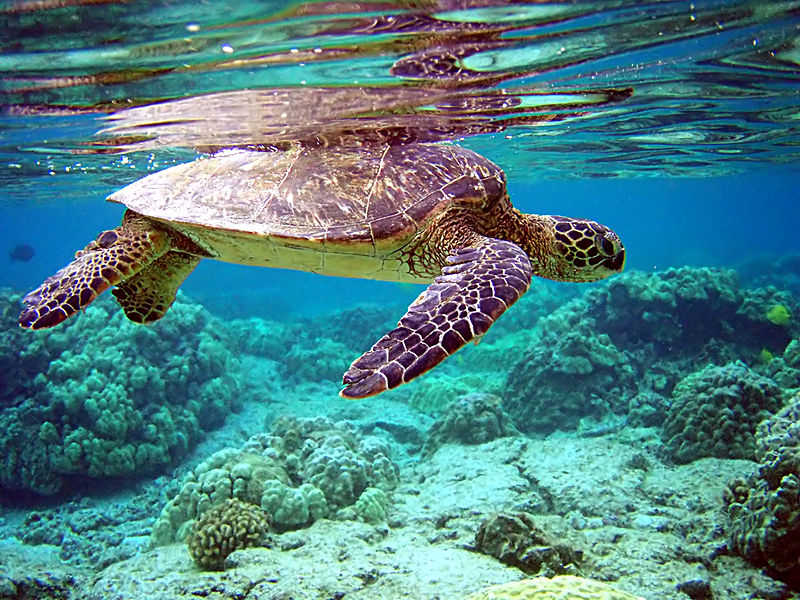DAVID Attenborough once described Lord Howe Island as “so extraordinary it is almost unbelievable … few islands, surely, can be so accessible, so remarkable, yet so unspoilt.”
This Elusive and Exclusive Island lies just a one hour 30 min flight from Australia’s east coast Port Macquarie, but most people struggle to tell you where it is.
Sitting 600km East of Port Macquarie NSW lies Lord Howe Island, Australia’s lost paradise that could possibly be one of the most beautiful places on earth.
With a population of just 350, and only 400 tourists allowed on the island at any one time, it is isolated, remote and unlike any other.
A World Heritage listed paradise, it is completely unique. Sixty per cent of the insects on the island and 47 per cent of the island’s plants are found nowhere else on the planet. There are 207 different bird species, more than 1600 insect species, including one that was thought to be extinct.
 It has the world’s most southern coral reef ecosystem that was established as a Marine Park in 1999. More than 500 fish species can be found,
It has the world’s most southern coral reef ecosystem that was established as a Marine Park in 1999. More than 500 fish species can be found,
Lord Howe Island has an almost prehistoric feel; at times you feel like you’re on the set of Jurassic Park thanks to its towering rock formations and unusual wildlife. Formed more than seven million years ago from a volcanic eruption, it is now a remnant of an extinct shield volcano.
Nowhere is this felt more than on a walk to Little Island. Hugging the coastline, you are led through ancient forests of banyan tress and endemic kentia palms to the breeding ground of the incredibly rare Providence Petrels.
The only place in the world where these birds breed, they fly around the towering twin peaks of Mt Gower and Lidgbird.
Lord Howe Island is a beautifully preserved ecosystem and its locals, “islanders”, go to great lengths to keep it that way. Many residents are sixth-generation islanders who have been brought up with a strong sense of history and purpose.
Only one car per household is allowed, and only residents can buy houses on the island under the regulation that they must live in them for at least six months a year. All waste is shipped to mainland landfill and fishing is limited so that daily catches are enough to feed the population only.
The main form of transport is bicycles or by foot — you can cycle the length of the island in just 20 minutes, wind dependent. And be prepared to be completely cut off. There is no mobile phone service, wi-fi is limited.
 But it is the beauty of Lord Howe Island that stops your breath. From May to September you can see the rare Red Tailed Tropic bird ducking and weaving around the cliff faces. It is no wonder that Lord Howe Island has become a bird lovers’ paradise.
But it is the beauty of Lord Howe Island that stops your breath. From May to September you can see the rare Red Tailed Tropic bird ducking and weaving around the cliff faces. It is no wonder that Lord Howe Island has become a bird lovers’ paradise.
The beaches of Lord Howe Island are unsurprisingly pristine and filled with tropical fish, turtles and sizeable reef sharks (not the human eating type).
Lord Howe Island is unlike any place you’ve seen before. Beautiful, dramatic and adamant about preservation. And lying just off the coast of Australia, it proves you don’t have to travel far to find paradise.
